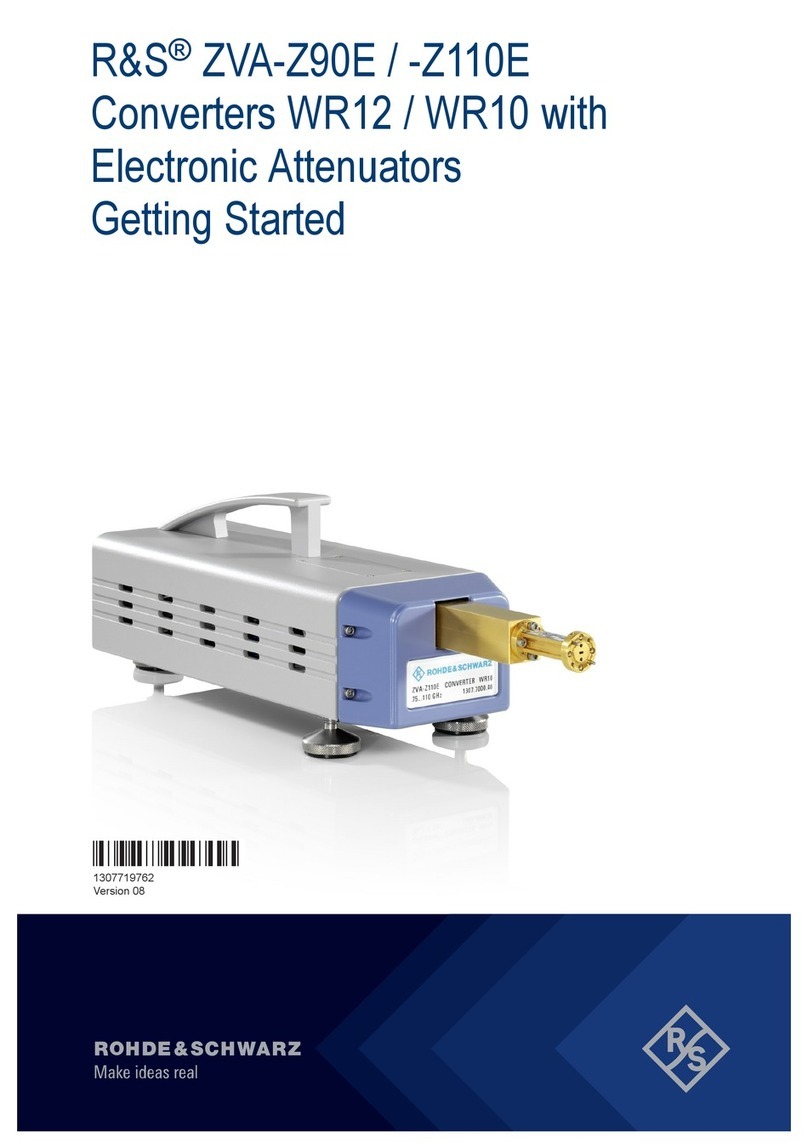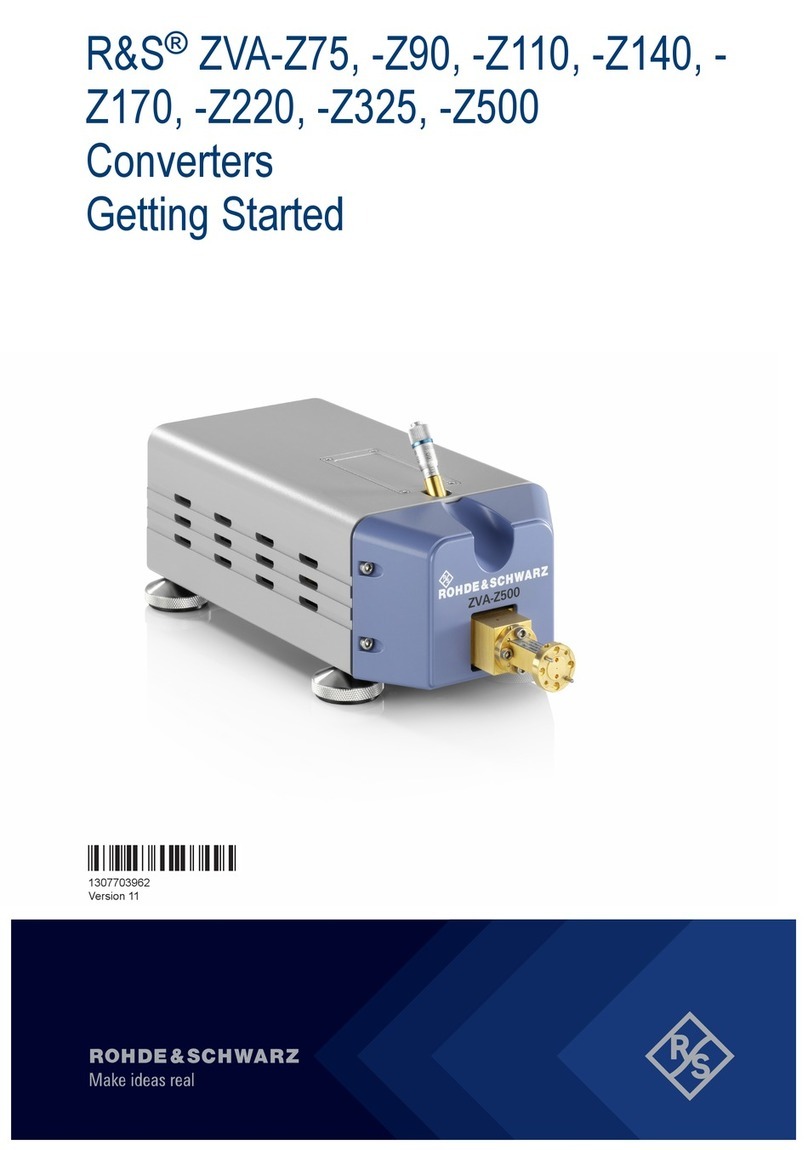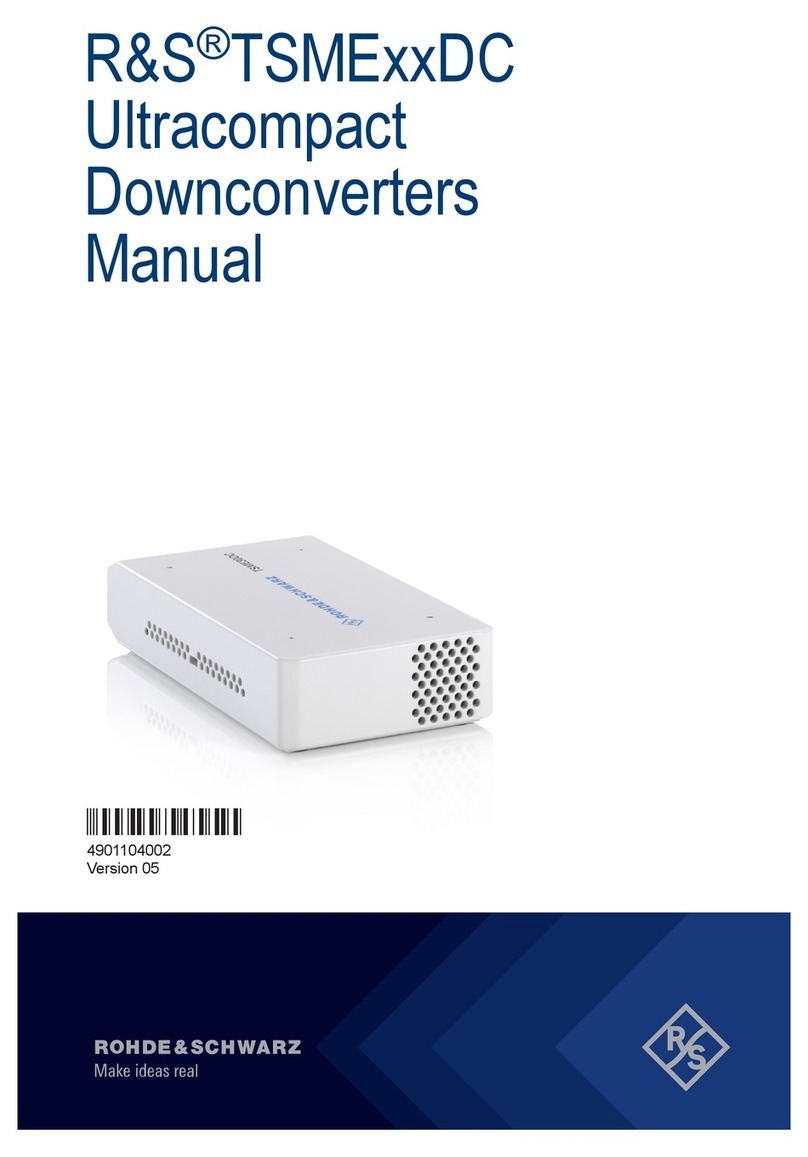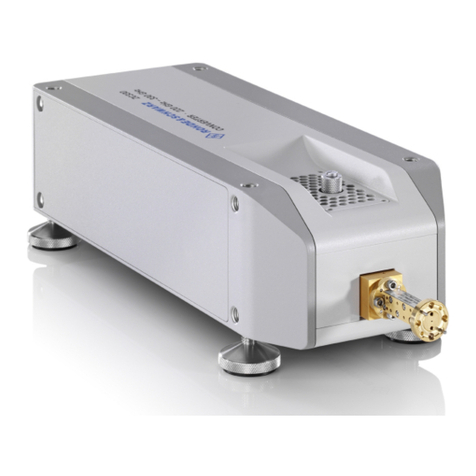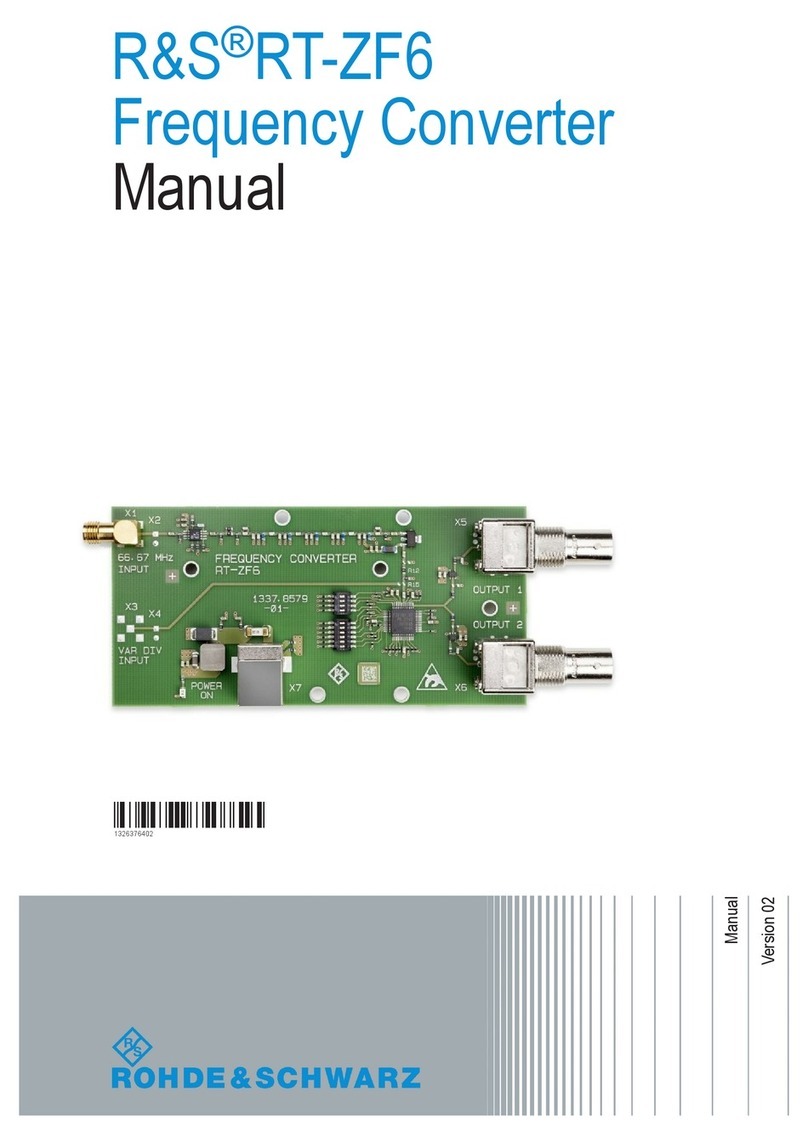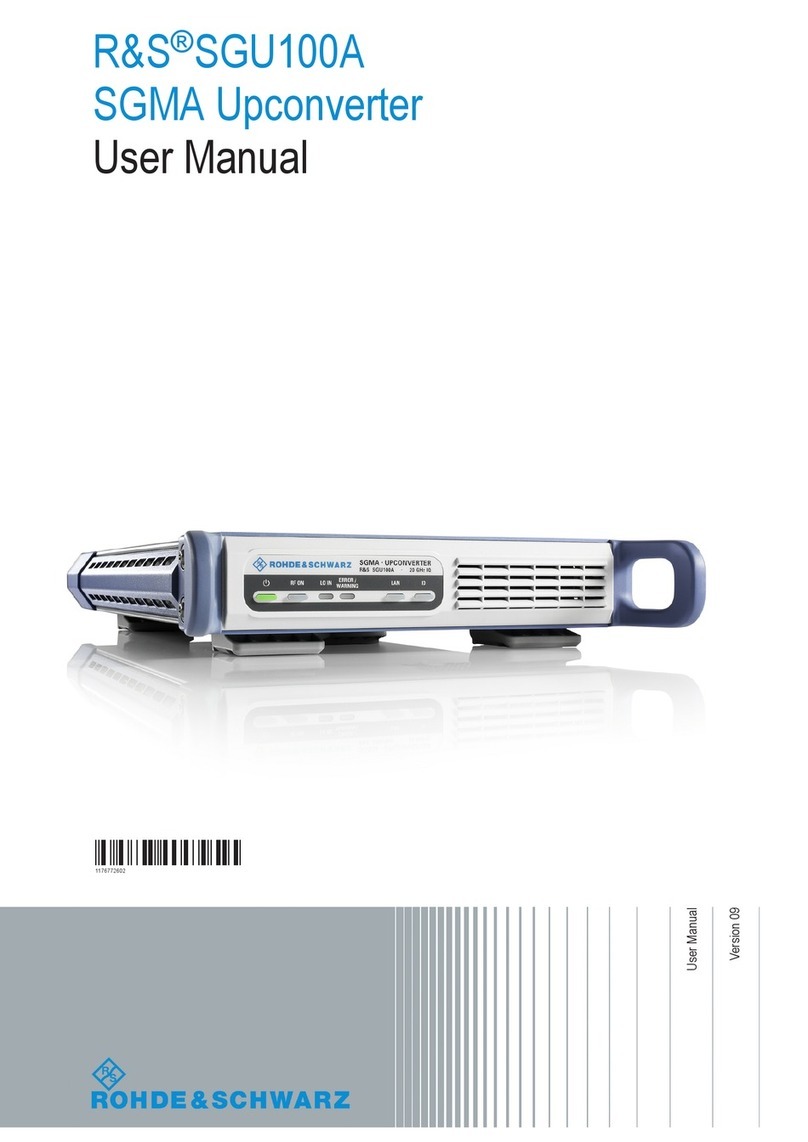
Table of Contents
Data sheet
2. Pregaration for Use and 02erating Instructions ............. ..... 5
2.1 Legend for Fig. l............................... ..... . ....... ... 5
2.2 Preparation for Use ............................................. 7
2.2.1 Adjusting to Local AC Supply ......................... ........ ... 7
2.2.2 Adjusting the Preemphasis (L and R) and
Deemphasis (M =LgR).......................................... 8
2.2.3 Input Resistance .................. ..... ........... .............. 8
2.2.4 Changing to Operating Mode MONO .... ...... ...... .............. ... 8
2.2.5 Synchronization to External Pilot Tone .............. .... ...... .. 8
2.2.6 Fitting the SCA Modulator (option) ............ ..... .... ......... 8
2.3 Brief Operating Instructions ..... ..... ... ............ ........... 9
2.4 Operation .. ....... .......... ...... .............................. 9
2.4.1 L and R input .... ..... .......... ........... .. ..... . .......... .. 9
2.4.2 MPX land MPX 2 Outputs ............. ......... ................... 10
2.4.} MOutput ..... ..... .............. ..... .... ..... .. ...... . ...... ... 11
2.4.4 Stereo/Mono Switchover ............. .................. ........... 11
2.4.5 Pilot Tone ........... ..................................... ...... 12
2.4.6 Auxiliary Inputs ................ ...... .................. ........ l3
3. Maintenance .................................................... 14
3.1 Routine Maintenance ................. ....... ... .................. 14
3.2 Checking the Rated Specifications ............................... 14
3.2.1 Required Measuring Equipment .......... ................. ... ...... 14
3.2.2 Measurements ......... ......................... ..... ............. l4
4. Circuit Descrigtion .. ..... .................. .................... 17
4.1 Land RChannels ......... . ...................................... 17
4.2 Coder ... ........................................................ 17
4.3 Summing Amplifier, MPX Lowpass Filter and Output
Amplifier ........ ........ ............... ....... . ....... . ...... .. 18
4.4 Pilot—frequeney Processing .................... .................. 19
4.5 AF Generator ............................................ ........ 20
4.6 Indication ... .................. .. ...... ...... ................... 21
4.7 Selection of L or RChannel for Mono ............................ 21
R38122 -3












